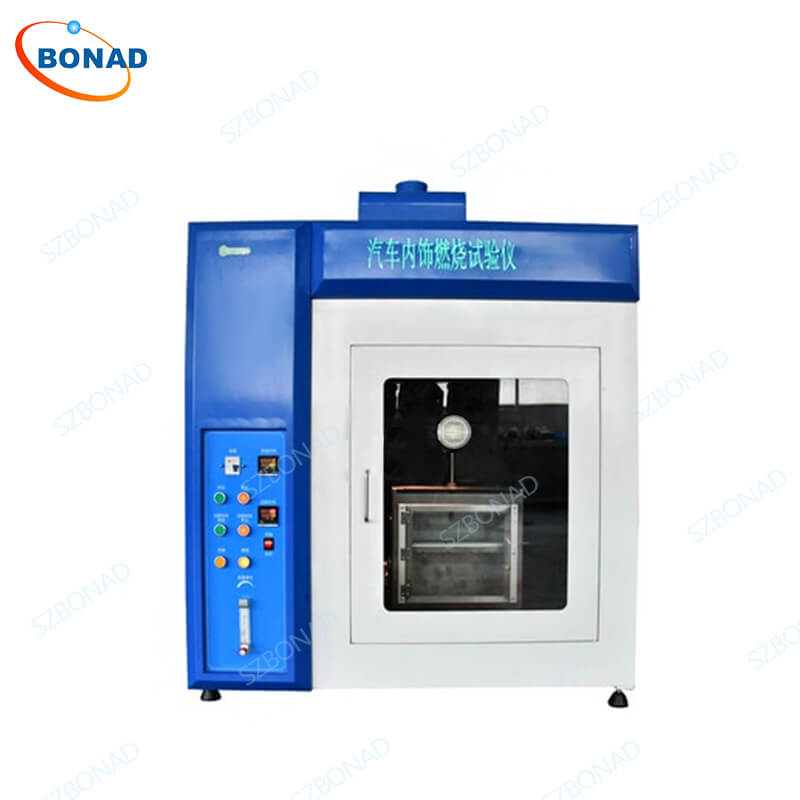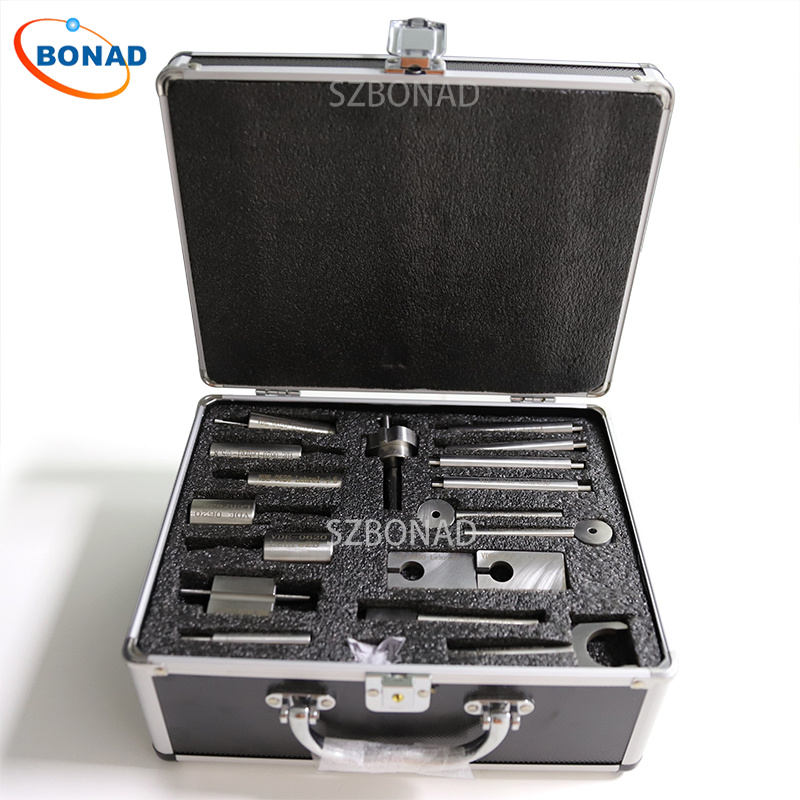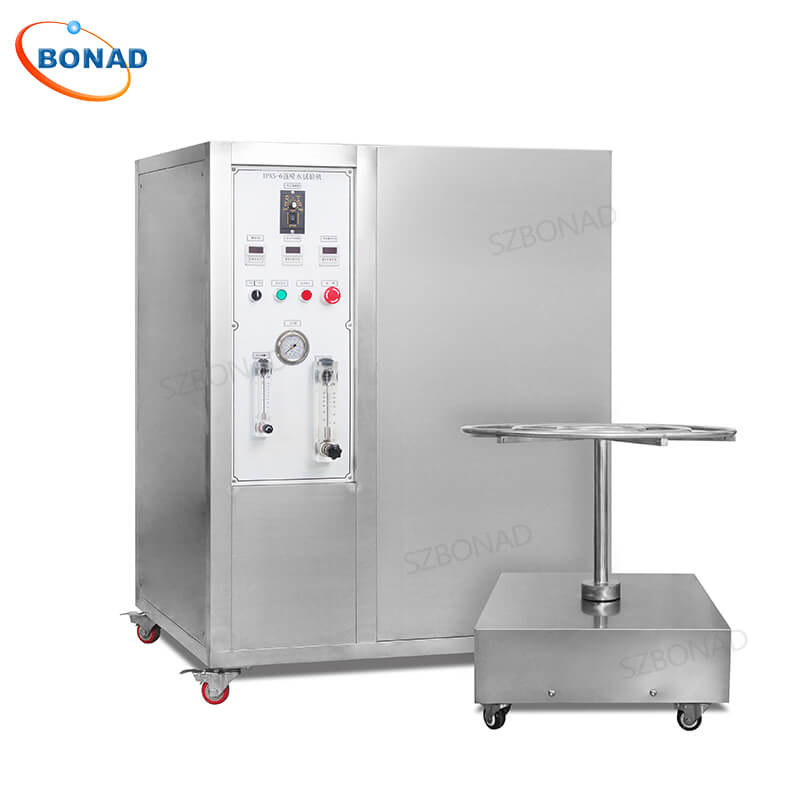Fire safety is a paramount concern for industries utilizing plastic materials, particularly in sectors such as electronics, automotive, appliances, and construction. Plastics are favored for their durability and lightweight properties, but it’s crucial to comprehend their flammability traits.
What is UL 94
UL 94, known as “The Standard for Safety of Flammability of Plastic Materials for Parts in Devices and Appliances Testing,” assesses how plastics react when exposed to fire. It determines if a material will extinguish itself or continue to burn once ignited.
The UL 94 flammability test is a standard tool across various industries to classify plastics based on their burning rate, dripping behavior, and self-extinguishing capabilities. It aligns with international standards like IEC 60695-11-10, IEC 60695-11-20, ISO 9772, and ISO 9773.
A common misconception is that the VW-1 (Vertical Wire Burn) test is part of UL 94; however, it falls under UL 1581 and pertains to electrical wires and cables rather than plastic components.
Exploring UL94 Flammability Ratings
The UL94 classification system includes multiple ratings that categorize materials based on their burning behavior under controlled conditions. These evaluations occur in a UL 94 Flammability Chamber or Horizontal Vertical Flame Chamber, simulating real-world flame exposure.
- Horizontal Burning (HB) – The Basic Assessment
The UL 94 HB rating signifies the lowest level of flame resistance. Plastics with this rating burn slowly when positioned horizontally. To pass this test, a material must have a burning rate below 76 mm/min if thinner than 3 mm or extinguish before reaching 100 mm. - Vertical Burning Tests (V-2, V-1, V-0) – Stricter Standards
In vertical tests, plastics are classified by how long they burn and whether they produce flaming drips:
UL 94 V-2: Stops burning within 30 seconds but allows flaming drips.
UL 94 V-1: Stops burning within 30 seconds with non-flaming drips.
UL 94 V-0: Stops burning within 10 seconds with no flaming drips—one of the most sought-after ratings.
3. 5V Ratings (5VA, 5VB) – Maximum Flame Resistance
The UL 94 5V classification involves materials exposed to more intense flames than standard vertical tests. These are often used in high-risk environments like electrical enclosures:
UL 94 5VB: Stops burning within 60 seconds without drips but may form a hole.
UL 94 5VA: Stops burning within 60 seconds with no drips or holes—the highest flame-resistant rating.
4. Specialized Tests for Foamed and Thin Materials
For foams and thin films, the UL 94 HF-1 rating applies. These tests assess flame resistance in products like speaker grills:
UL 94 HF-1 Rating: The top level for foamed plastics requires flames to stop within two seconds without flaming drips.
UL 94 HF-2 Rating: Allows flames for up to three seconds with flaming drips permitted.
UL 94 HBF: A horizontal burn test measuring flame spread in foamed materials.
Conducting the UL94 Flammability Test
The UL 94 test procedure is meticulously conducted in controlled lab settings using a UL Flammability Chamber to apply standardized flames to plastic samples.
Overview of the UL94 Test Procedure
- Specimen Preparation
Samples are cut into dimensions of 125 mm x 13 mm with varying thicknesses.
They undergo conditioning at either room temperature (23°C) with humidity at fifty percent for forty-eight hours or at seventy degrees Celsius for seven days.
2. Flame Application
Horizontal tests (UL HB, HBF) involve one flame application.
Vertical tests (UL V-0, V-1, V-2, 5VA, and VB) require two applications.
3. Measuring Burning Behavior
The assessment records after-flame time, burning rate, and whether samples drip flaming particles.
Materials that extinguish quickly without dripping flaming particles earn higher ratings.



